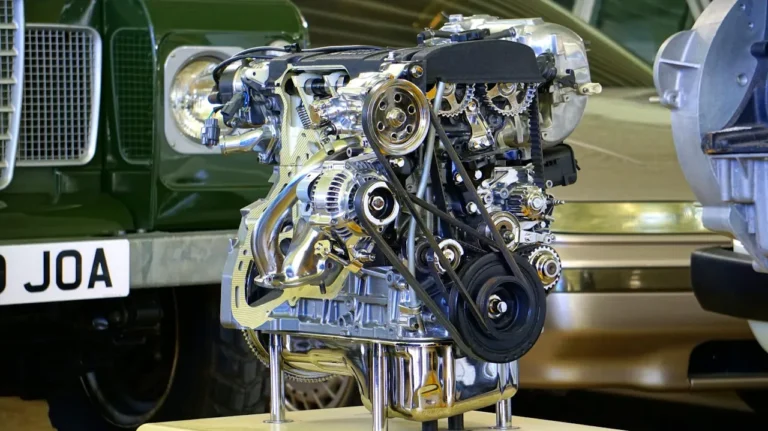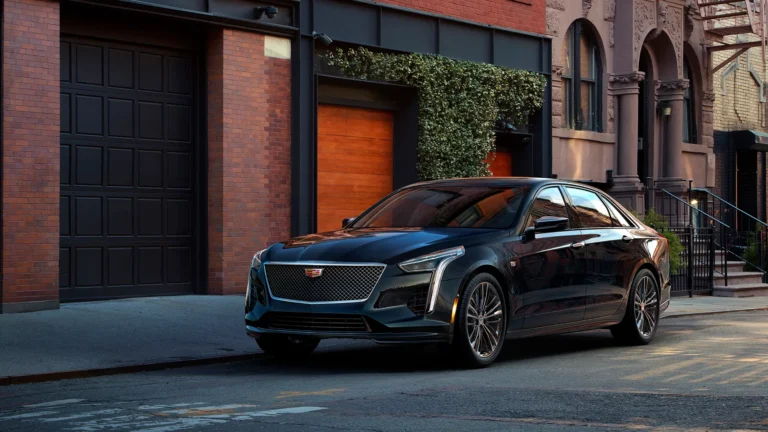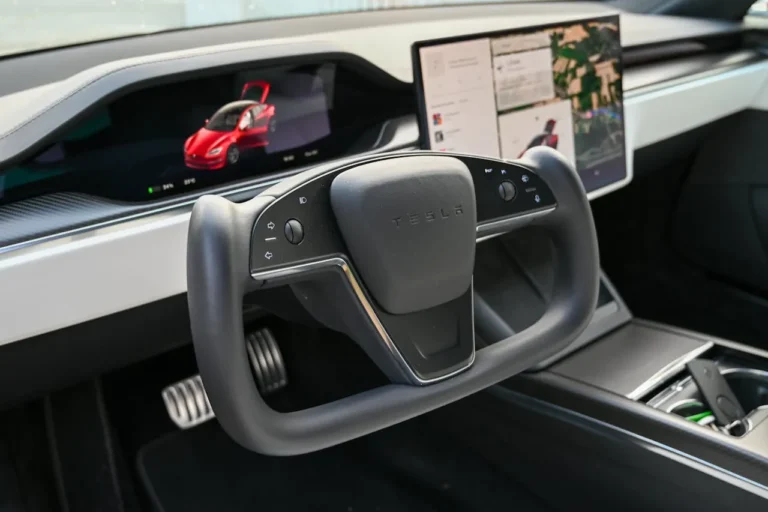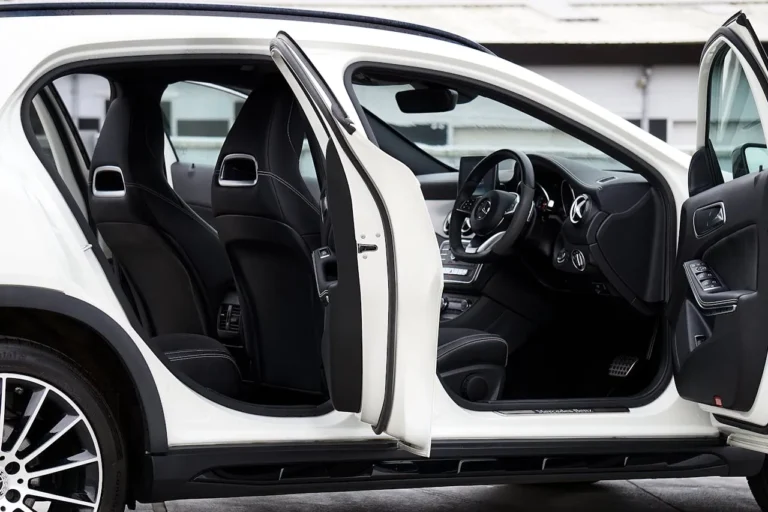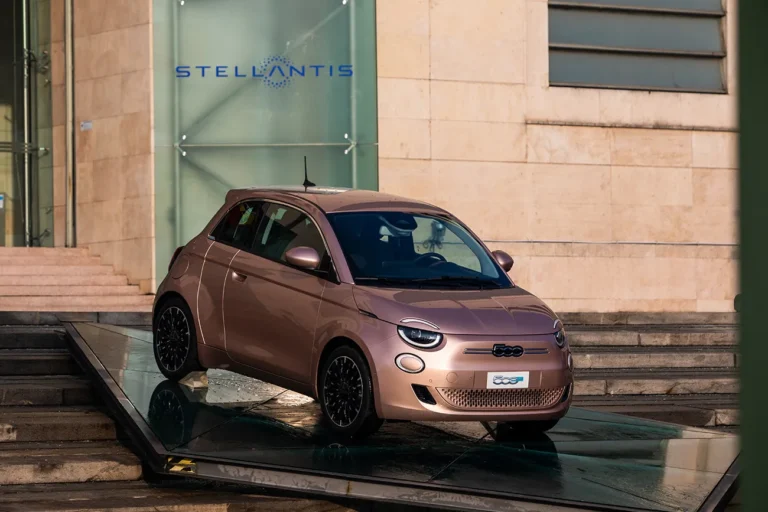
Continental Surpasses 200 Million Radar Sensor Milestone, Accelerating the Future of Safer and Smarter Mobility
Continental, a global leader in automotive technology, has achieved a landmark milestone by producing its 200 millionth radar sensor—solidifying its position as a top-tier supplier of advanced driver assistance systems (ADAS) and safety technologies. With a market share exceeding 20% in radar-based safety components, Continental continues to shape the evolution of intelligent mobility and pave the way toward automated and autonomous driving.
This milestone underscores the company’s strategic commitment to innovation, safety, and scalable technology solutions in the automotive sector. The doubling of radar sensor production—from 100 million units in 2021 to 200 million in 2025—within just four years reflects both the rapidly increasing demand for vehicle safety systems and Continental’s ability to deliver high-performance, adaptable solutions at scale.
“Reaching 200 million radar sensors produced, along with the recent major series orders we’ve received, reflects the strength of our engineering, innovation, and customer partnerships,” said Ibro Muharemovic, Head of the Autonomous Mobility business area at Continental Automotive North America. “Radar sensors are not just a technological backbone for today’s mobility—they are foundational for the autonomous future we are building.”
Radar Sensors: Essential to Modern Driver Assistance Systems
The accelerated growth in radar sensor production is directly tied to the rising integration of ADAS technologies in modern vehicles. Today’s vehicles demand significantly more sensors than in previous generations. While earlier models may have featured a single front-facing radar for adaptive cruise control, many current vehicles use up to nine or more radar units to support a wide range of safety and convenience features.
Radar sensors now play a pivotal role in systems such as automatic emergency braking, blind spot detection, lane-keeping assistance, cross-traffic alert, and parking assistance. These sensors are often deployed in conjunction with other detection technologies, including cameras, ultrasonic sensors, and LiDAR, creating a sophisticated fusion system that allows vehicles to monitor their surroundings with a high degree of accuracy and redundancy.
In the realm of highly automated and future autonomous vehicles, radar systems are indispensable. Their ability to provide 360-degree environmental perception under various weather and lighting conditions makes them a cornerstone of safe and reliable vehicle operation in real-world conditions.
From Shoebox-Sized Prototypes to Microchip-Powered Intelligence
Continental has been a pioneer in radar sensor technology since 1999, when it collaborated with Daimler to launch the first long-range radar system in the Mercedes-Benz S-Class. That early system offered a then-groundbreaking range of 150 meters but was cumbersome by today’s standards—comprising two separate components weighing a combined 1.3 kilograms and occupying the size of a shoebox.
Despite its bulk, that first-generation system laid the groundwork for future developments. One of its greatest advantages over older infrared-based systems was its ability to function independently of lighting or weather conditions, including fog, rain, and darkness. This reliability made radar a preferred choice for premium automotive applications and set the stage for its widespread adoption.
Today’s radar sensors are drastically smaller and more powerful. Continental’s latest smart radar systems are compact enough to fit into a space the size of two matchboxes and are embedded with microchips that not only detect signals but also process and interpret them in real time. This embedded intelligence allows the systems to provide high-resolution data about vehicle surroundings, enhance object classification, and improve response times.
According to Muharemovic, the evolution of radar technology from basic distance measuring tools to intelligent systems capable of high-definition imaging marks a transformative leap: “Modern radar sensors don’t just see—they understand. And that understanding is what allows vehicles to make faster, smarter decisions.”
The most advanced versions, such as Continental’s upcoming 4D imaging radar, offer high-resolution object detection across multiple dimensions and extended ranges of up to 300 meters. These are essential components for the full automation stack in Level 4 and Level 5 autonomous vehicles.
Scalable Solutions for Global Markets: Cars, Trucks, and Two-Wheelers
Continental’s radar portfolio is designed to serve a wide range of vehicle platforms, from high-end autonomous vehicles to everyday passenger cars, commercial trucks, and even two-wheelers. This platform-based approach allows the company to cater to diverse regulatory environments, market expectations, and performance requirements around the world.
The radar lineup includes long-range radars for highway applications, mid-range systems for blind spot and cross-traffic alerts, and short-range units used in parking and maneuvering scenarios. With each generation, Continental enhances its software algorithms and hardware architecture to deliver more precise, faster, and more energy-efficient solutions.
The company has also embraced artificial intelligence (AI) to enhance radar performance. AI enables the sensors to better classify objects and interpret complex traffic scenarios, such as distinguishing between a stationary object and a moving pedestrian or correctly assessing the intent of a nearby vehicle changing lanes.
In North America, Continental has significantly expanded its manufacturing footprint to meet growing demand. Its facility in New Braunfels, Texas—opened in 2022—is a state-of-the-art production plant dedicated to radar, camera, and LiDAR technologies. As the first greenfield automotive plant Continental has built in the U.S., it reflects the company’s investment in local production capacity and commitment to sustainable manufacturing.
Major Series Orders Signal Future Growth
Further validating the success and scalability of its radar technologies, Continental announced that it has secured major series production contracts valued at approximately €1.5 billion during the first quarter of 2025. These orders come from multiple global automakers and are scheduled to begin production in 2026 and 2027.
Such high-value, long-term contracts demonstrate OEMs’ confidence in Continental’s ability to deliver cutting-edge, reliable radar systems that align with their own roadmaps for assisted and autonomous driving.
“The growing number of radar sensors being integrated into vehicles and the significant new orders we’ve received confirm the importance of our differentiated radar portfolio,” said Muharemovic. “Without advanced radar technologies, the next steps toward automated mobility wouldn’t be possible.”
A Legacy of Innovation and a Vision for the Future
Continental’s journey in radar technology is just one chapter in its long history of driving innovation in transportation. Founded in 1871, the company has continually adapted to meet the evolving needs of the global mobility ecosystem. Today, its focus spans safe, efficient, and intelligent solutions for a connected and sustainable transportation future.
In 2024, Continental reported annual sales of €39.7 billion and employed around 190,000 people across 55 countries. The company’s expansive R&D efforts and collaborative approach with global automakers ensure that it remains at the forefront of technology development—not just in radar, but across the broader spectrum of intelligent mobility solutions.
As the industry moves ever closer to fully autonomous driving, the radar sensor will remain a core enabler of that future. With 200 million units already delivered and more on the way, Continental’s leadership in this space is both proven and poised for continued growth.


